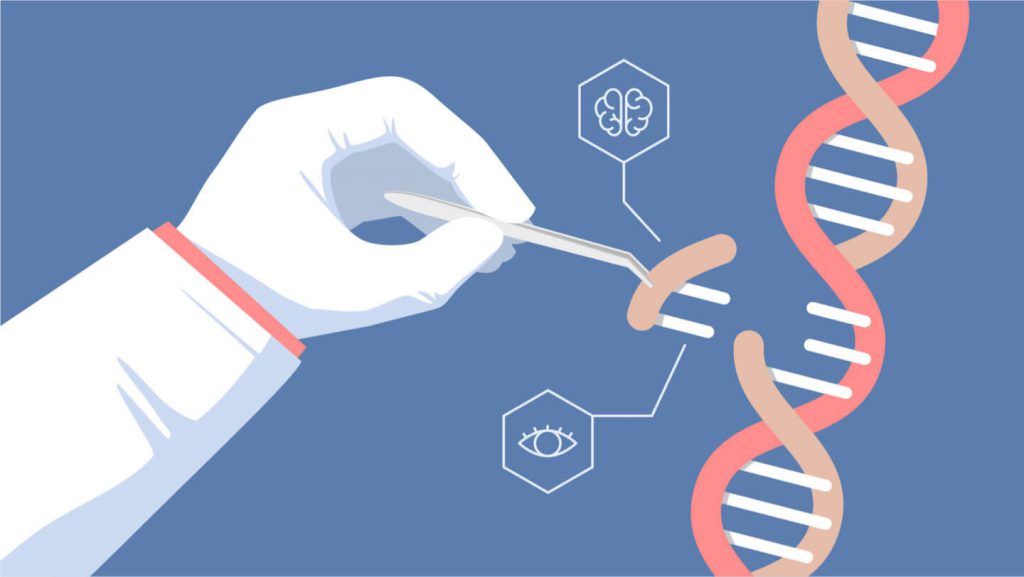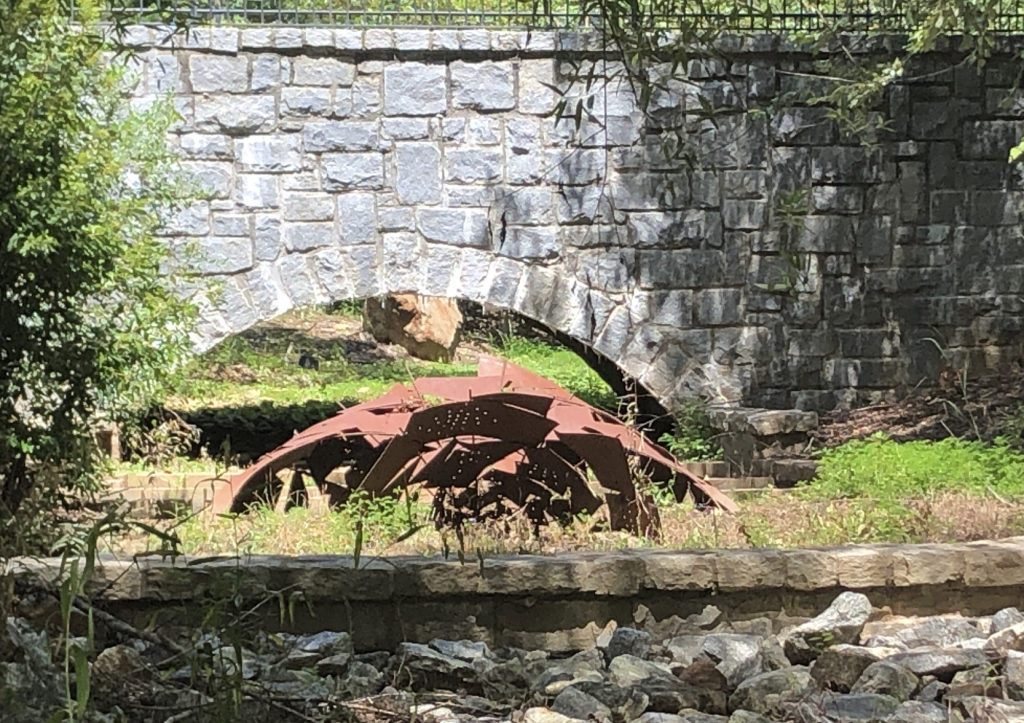Ashley Nelson

For centuries expecting parents have worried about the health of their babies. Pregnant women often follow strict instructions from their doctors to keep their fetuses healthy, but no amount of special diets or exercise regimens can prevent genetic conditions if the fetus has the right genes. As our confidence in science has grown more and more people have looked toward scientists and their research as the saving grace for these families. And it’s looking like the scientists of the world have delivered.
For years the idea of editing the genes of unborn babies seemed like nothing but a pipe dream to some and an ethical nightmare to others, but now it is looking like this could be a real possibility in the future. So where are we with in utero gene editing? And what do we need to know?
A study that has encouraged many was released in April of 2019 by a group of scientists from the University of Pennsylvania which showed they were successful in increasing the survival rates of lab mice with the gene for a lung disease which, without editing, results in death within an hour of birth.
These scientists used CRISPR, a gene-editing technology that allows scientists to edit the genetic code of living things, to do this. CRISPR works by essentially “cutting” a specific gene and then “pasting” the desired gene variant in its place (Metcalfe, 2018). Specifically, this experiment used CRISPR-Cas9 which was injected into the placenta of pregnant mice whose unborn pups had the mutation that causes fatal lung disease. When the unborn pups took in the amniotic fluid, they also took in these CRISPR elements which then began to edit their DNA. Of the mice who were edited with CRISPR, 25% survived compared to those who were born with the gene who all died. This is promising. It has encouraged many of those who support the idea of in utero gene therapy, but the experiment also raises some concerns.
One major concern is that when the CRISPR-Cas9 was delivered in vitro there was a high mortality rate among the unborn mice pups. This may be due to the small size of mice in general but with so little data on how this affects larger animals, human testing would be ill-advised. The mice also did not need the gene the mutation was on to survive, allowing the researchers to simply remove the gene. Most human mutations we would look to “cure” in the womb are on genes that we still need and so a far more delicate and complex process would likely need to be undergone when using gene therapy on human fetuses.
There are other concerns for in utero gene editing in humans. One of the largest is that of the mother and her health. We do not know how the mother’s body could react to the introduction of this foreign agent, extreme immune responses are possible and could pose a danger.
Ultimately, we do not know enough about in utero gene editing for it to be a viable option anytime soon. The results we have are promising but they are far from conclusive and much more needs to be known before human trials begin. That being said in utero editing is looking for more possible now than it ever has before and the ethical questions that come with such a discovery are becoming increasingly relevant. As questions about genetic editing in utero are steadily changing from can we to should we, people are beginning to ask questions like: Could this technology be misused? Could it lead to a rise of Eugenics—which most associate with Hitler and his obsession with creating the “perfect” Aryan race? And perhaps the biggest question of all: Are we playing God editing the genes of unborn children?
At the same time that many are asking these questions, we must also think about the benefits of such technology. We do not know everything that CRISPR may or may not be able to do in the future, and some of these concerns may ultimately be unfounded. This technology could be revolutionary and save countless lives in the future and that must also be taken into account. While it is easy to think of the worst-case scenarios with any new technology there is also danger in letting our fears control us. Luckily for those of us attempting to understand the ethical implications of such technology it will be sometime before in utero gene editing becomes a viable option. In this time, we have we should continue to do research and discuss the questions and concerns we have so that when it does become a more realistic option we are not left floundering as to how to use and regulate such technology.
References
Alapati, D., Zacharias, W. J., Hartman, H. A., Rossidis, A. C., Stratigis, J. D., Ahn, N. J., … Peranteau, W. H. (2019, April 17). In utero gene editing for monogenic lung disease. Retrieved November 14, 2019, from https://stm.sciencemag.org/content/11/488/eaav8375.
Hou, C.-Y. (2019, April 19). Mice Gene-Edited While Still in the Womb. Retrieved November 14, 2019, from https://www.the-scientist.com/news-opinion/mice-gene-edited-while-still-in-the-womb-65767.
Metcalfe, T. (2018, December 31). What is CRISPR? Retrieved November 14, 2019, from https://www.nbcnews.com/mach/science/what-crispr-ncna952696.
This is a graphic depicting a gloved hand editing an enlarged DNA strand. (2018). Retrieved from https://geneticliteracyproject.org/2018/08/06/what-is-crispr-and-why-should-you-care/



